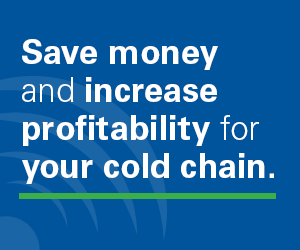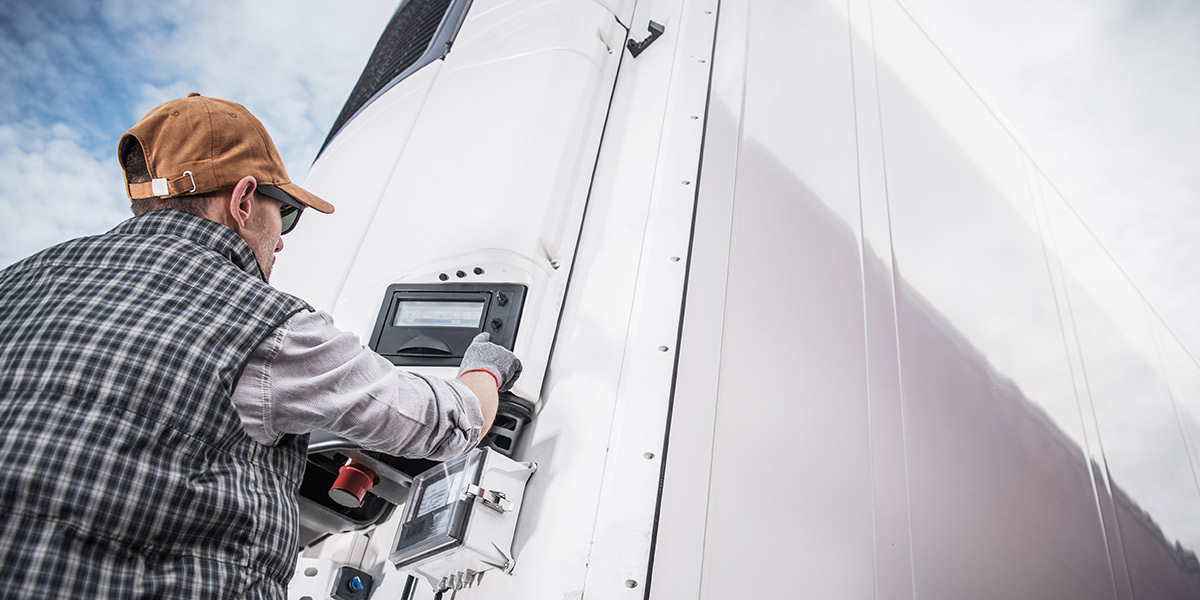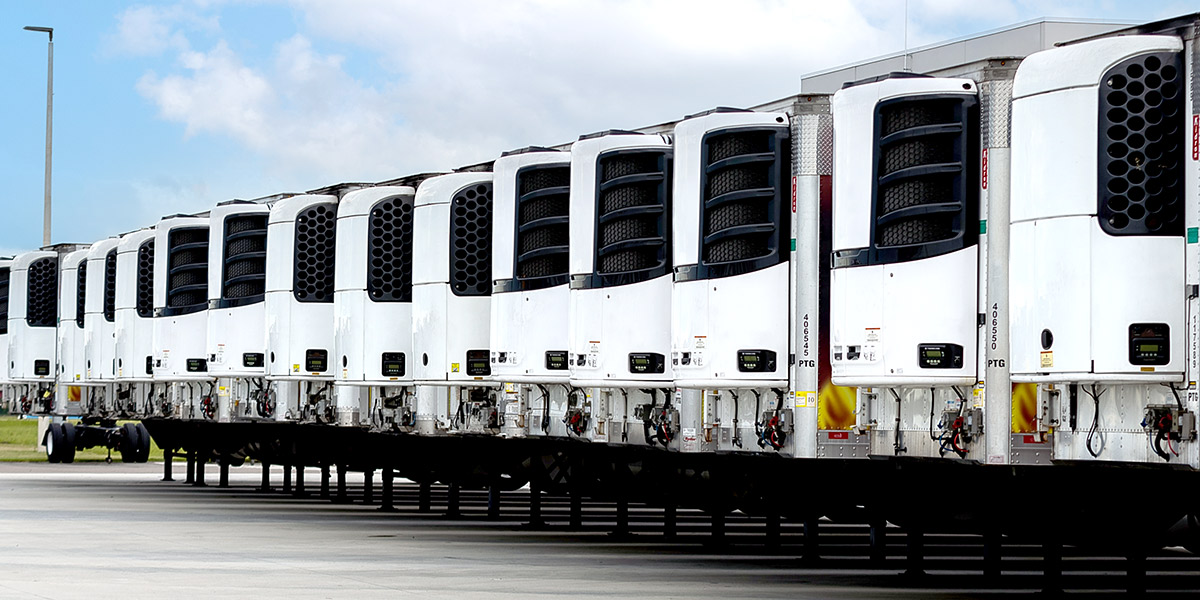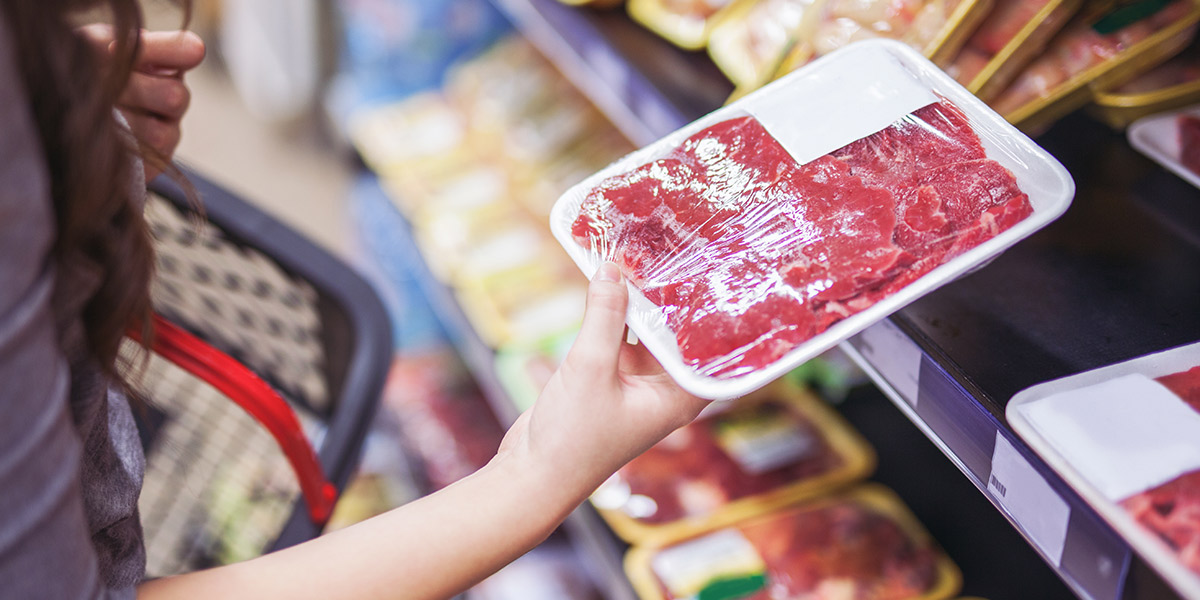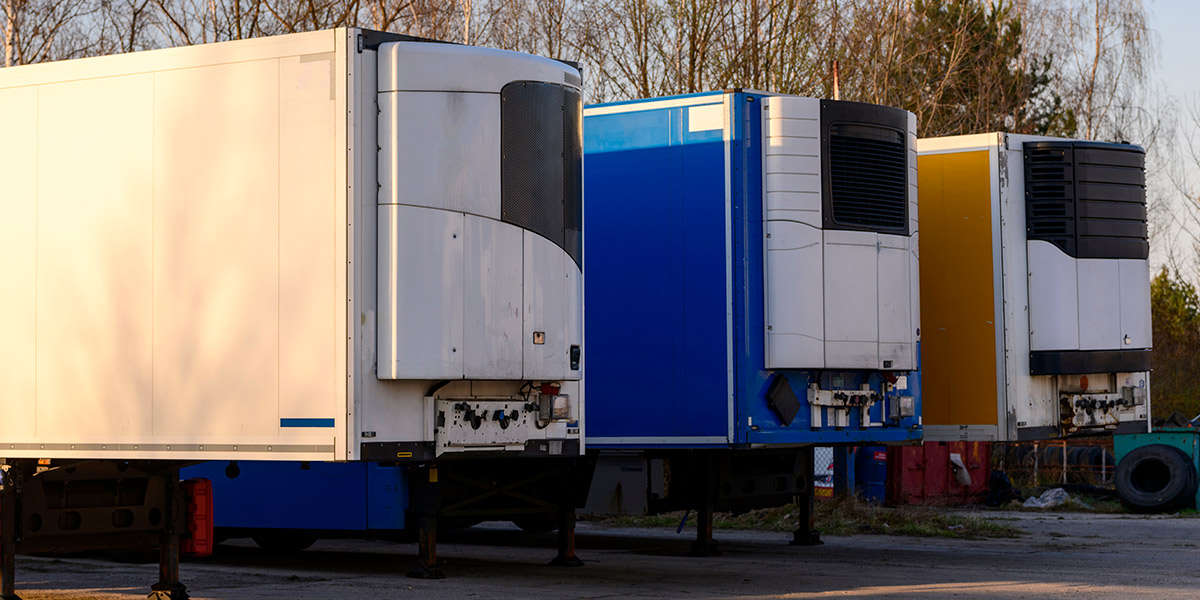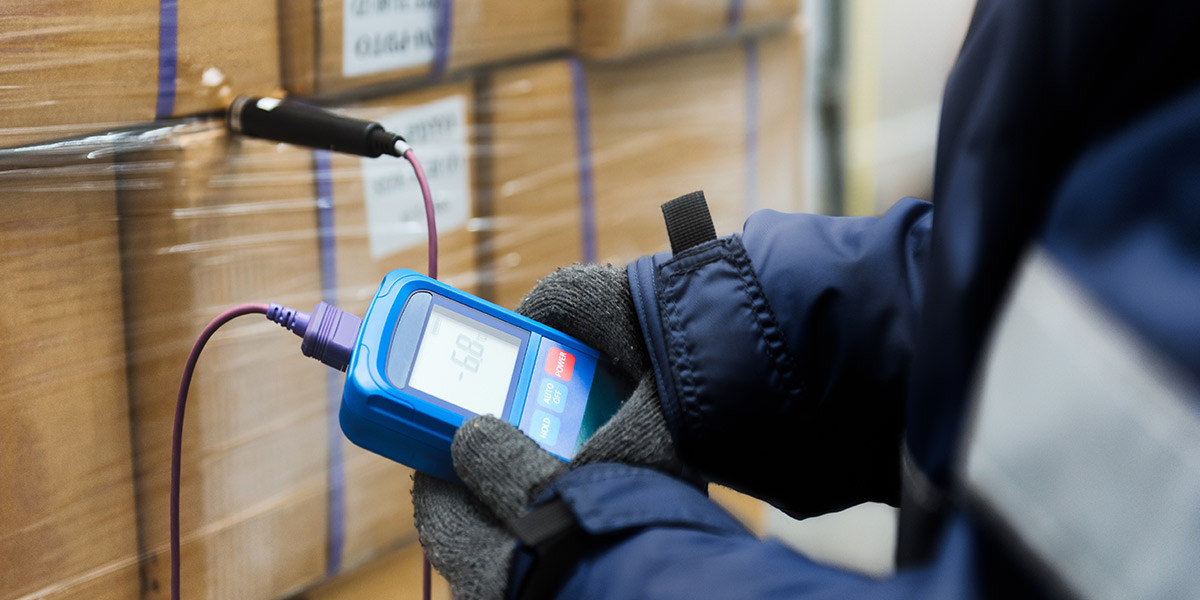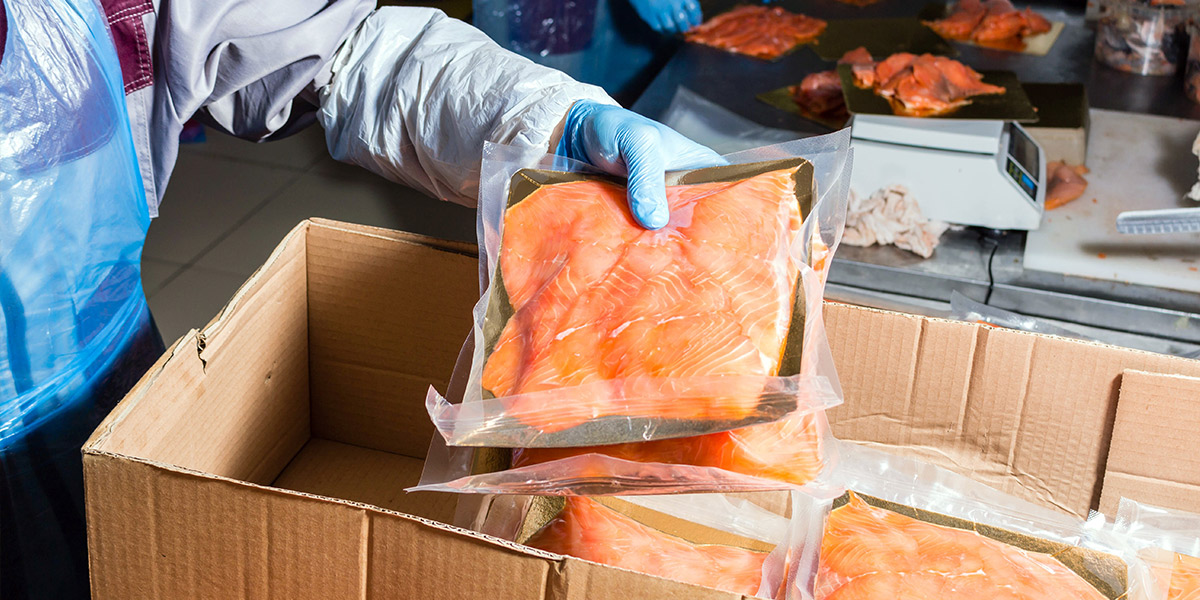For peace of mind when it comes to food safety and compliance, you need to answer these critical questions.
For too many companies, transporting, handling, or storing temperature-sensitive food can be an exercise in uncertainty. They do what they believe are all the right things. They invest in modern equipment, train their people, and establish processes and procedures to ensure food safety and compliance.
But even all these efforts may not translate into ensuring all bases are covered. What’s needed is more information about that state of the cold chain.
To attain the needed information, avoid the uncertainty, and have confidence that there are no gaps or lapses in your cold chain, I recommend you start by asking – and answering – these critical questions.
- “It’s 2 a.m. Are we sure our reefers are working?”
A typical cold chain will include multiple hand-off points and periods of time when reefers are left unattended in depots or yards. During those time periods, do you know that your reefers are turned on and operating as they should, and that doors aren’t left open for extended periods of time? If you have a temperature monitoring system in place that continually provides data for both product and ambient temperatures, you’ll know the answer.
- “Are we wasting unnecessary fuel on pre-cooling?”
The real question here might be, “Do we know how long it really takes to cool a reefer?” It’s not uncommon for drivers and managers to turn on reefers to precool before loading up to 12 hours ahead of time. However, far less time – less than an hour – is needed to precool a modern reefer. While there is logic to a better-safe-than-sorry approach to cooling, there is also unnecessary wasted fuel and added expense.
- “Are we treating our new equipment as if it is old equipment?”
Related to the question above, many companies update their fleet of reefers but don’t account for the improvements in technology and performance that accompany the new equipment. Maybe your outdated reefer did require hours to precool, but chances are good that your new equipment will cool much more quickly and efficiently. When you purchase new equipment, update your procedures and communicate these to your people to avoid wasting fuel and money.
- “Do we have complete transparency into the safety of our cold chain?”
It’s not just your reefers for which you need to monitor food and ambient temperature, but every environment through which food passes in the cold chain. That includes cold rooms, loading and receiving areas, and warehouses, among others.
Fortunately, with a temperature monitoring infrastructure that includes easy-to-install sensors connected to a telematics platform, you can attain transparency into your cold chain. With this “safety net” in place, you can access a wealth of invaluable temperature data and spot and address trouble spots – before they become serious issues.
- “Where can we save money on our food safety efforts?”
Another benefit to a having access to a wealth of temperature data is that it can help you identify ways to cut costs, whether it’s eliminating unnecessary precooling, changing practices to minimize exposure to unsafe conditions, or identifying malfunctioning equipment.
And, of course, the transparency provided by comprehensive and accurate temperature monitoring can prevent the exorbitant costs associated with spoilage, foodborne illnesses, or recalls.
Multiple Benefits
When you take the time to address these questions, it can pay multiple benefits. Most importantly, you can ensure the food you are entrusted to help get from source to consumers stays safe and you remain compliant. But you also get the benefit of peace of mind from knowing that you are doing all you can to keep temperature-sensitive food safe and profitable.
To explore how your company can realize cost savings and maximize returns on its temperature monitoring investment, check out this useful ROI calculator.

